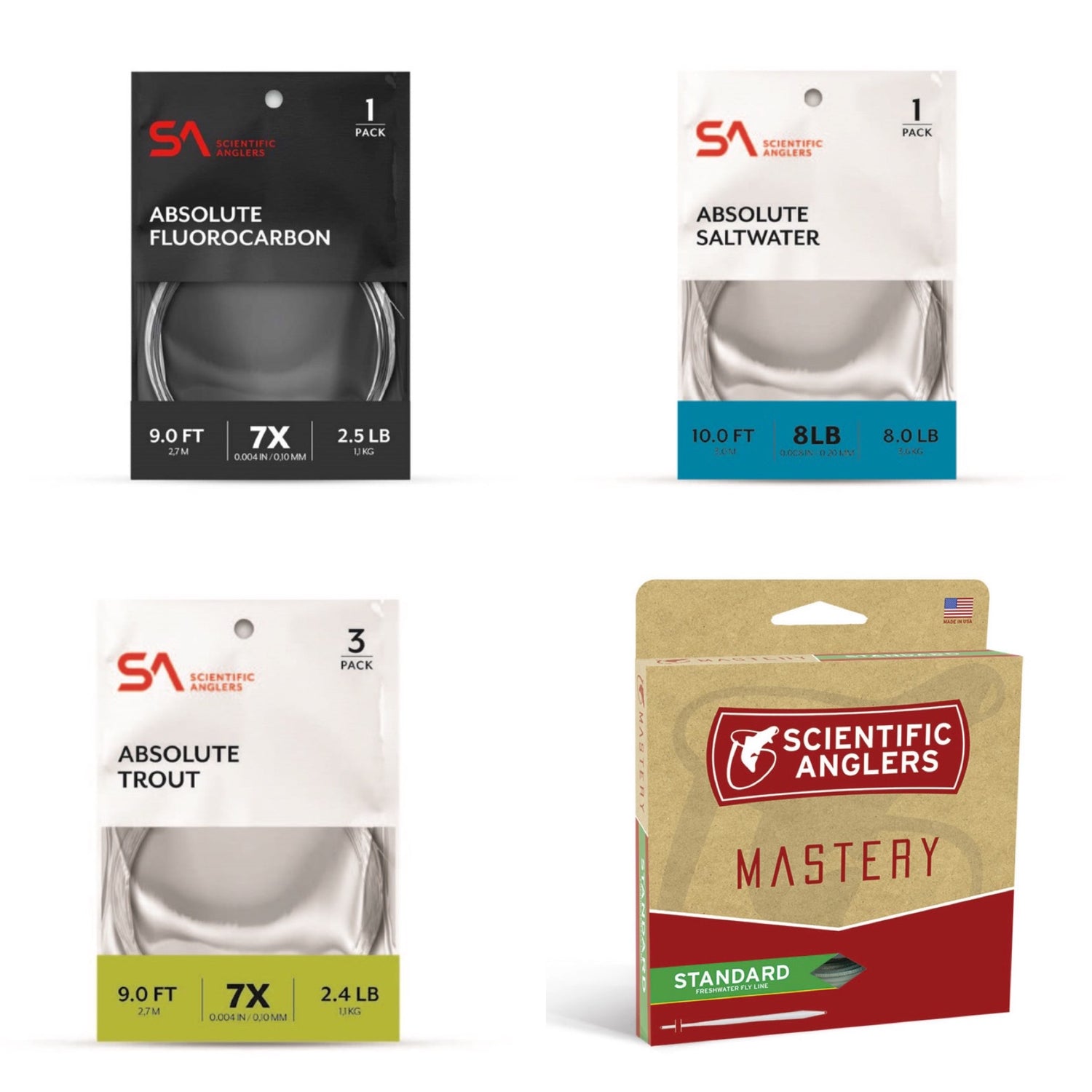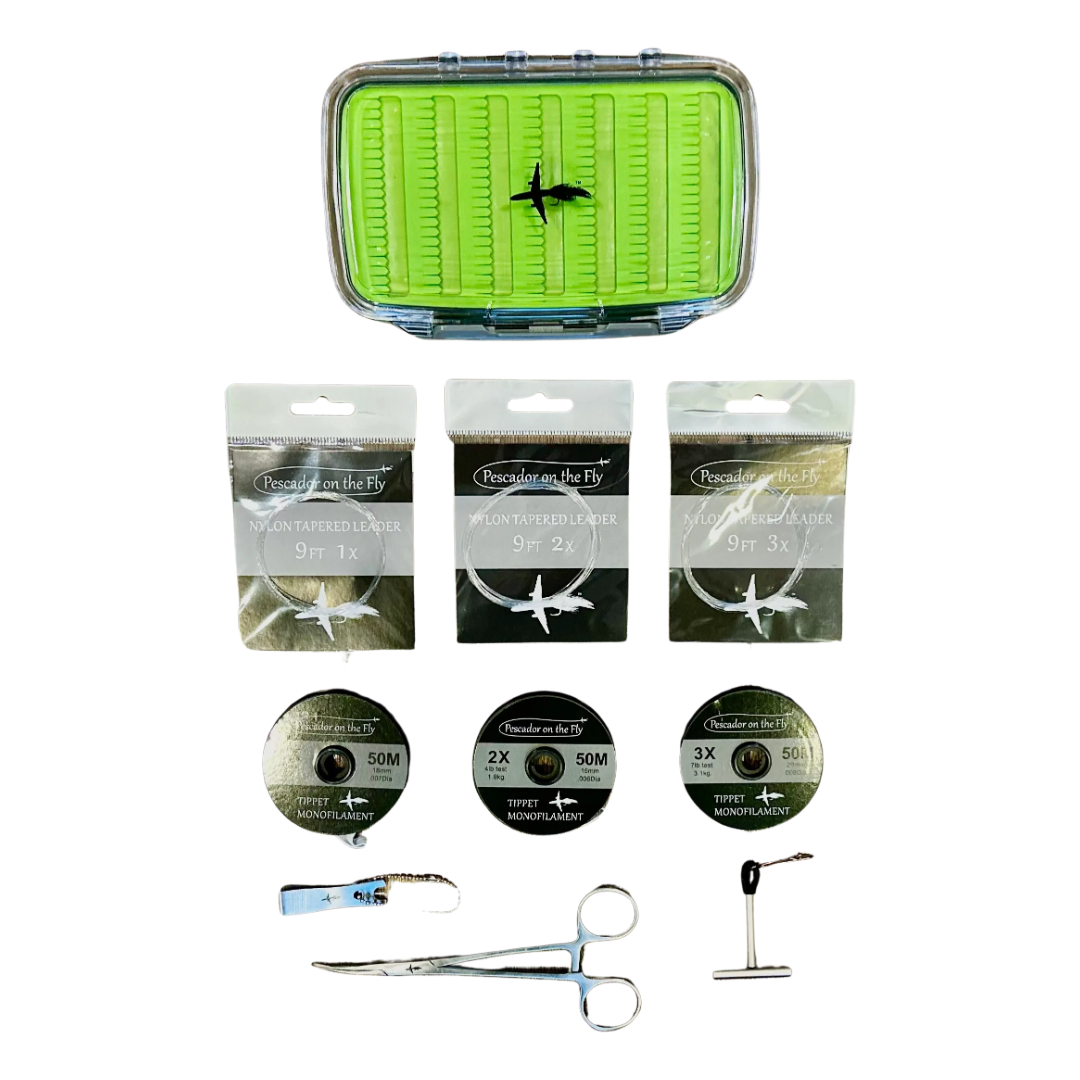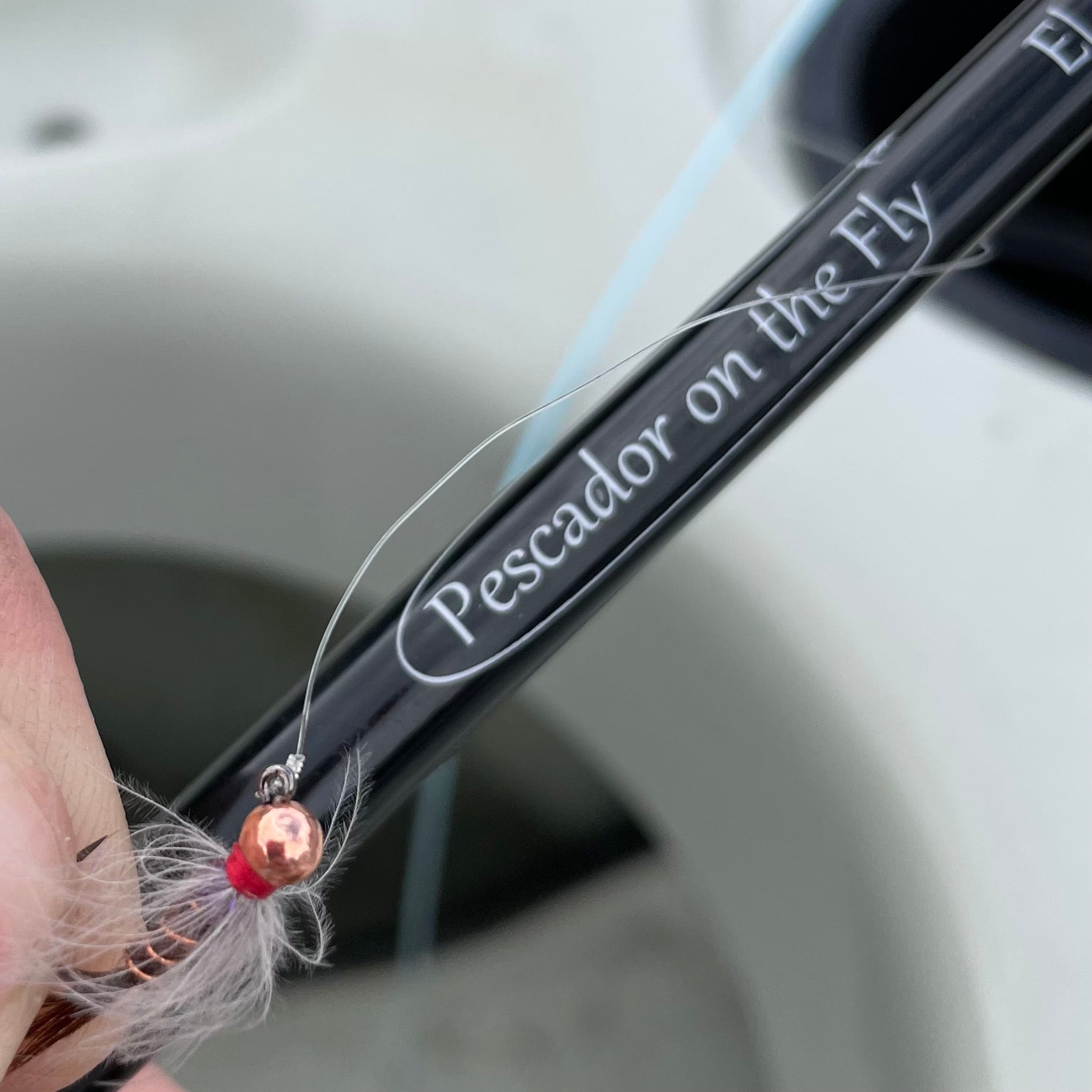Welcome to the captivating world of fly fishing, where the dance of the fly on the water’s surface can spellbind any fish and fisherman alike. For those just beginning their journey into this artful sport, mastering the use of leaders and tippet is as crucial as selecting the right fly rod or line. At Pescador on the Fly, we believe that a solid foundation in the basics can transform your fishing experience from frustrating to fruitful. Let’s unravel the mystery of leaders and tippet, essential components that connect you to the fish of your dreams.
Understanding Leaders
A leader is the clear section of line that attaches to the end of your fly line, serving several vital functions. It helps in transferring energy from the fly line to the fly, ensuring your presentation is smooth and natural. Additionally, because it’s nearly invisible underwater, it doesn’t spook the fish. Leaders are tapered, meaning they start thicker where they connect to the fly line and gradually become thinner toward the end where the tippet and fly are tied.
Types of Leaders
• Monofilament Leaders: Made from a single strand of material, usually nylon, offering excellent knot strength and stretch.
• Fluorocarbon Leaders: Known for their invisibility underwater due to their light refraction properties, making them ideal for wary fish.
The Role of Tippet
The tippet is the final section of your setup, tied to the end of the leader. It’s where your fly is attached. Tippet material is designed to be strong yet thin, maximizing invisibility to the fish while maintaining enough strength to hold them. The tippet’s thinness allows for more precise and delicate fly presentations, essential in fly fishing.
Choosing Tippet Size
Tippet sizes are denoted by an “X” rating, with larger numbers representing thinner diameters. The size you’ll need depends on the type of fish you’re targeting and the flies you’re using:
• Smaller flies (sizes 18-22) generally require finer tippet sizes like 5X-7X.
• Larger flies (sizes 8-12) are best matched with thicker tippet sizes like 3X-4X.
Matching Leaders and Tippet
The key to a successful leader and tippet setup is balance. A well-balanced rig ensures your fly turns over correctly and lands softly on the water. When adding tippet material to your leader, follow these guidelines:
• Use a tippet that complements the terminal end of your leader. For example, if your leader tapers down to 4X, then start with a 4X tippet.
• Pay attention to the length. A good rule of thumb for total leader and tippet length is 9-12 feet, depending on fishing conditions and the type of water you’re fishing in.
Conclusion
Leaders and tippet might seem like small details in the grand scheme of fly fishing, but they are pivotal in bridging the gap between your fly line and the fish. Understanding their functions and learning how to choose the right types and sizes will significantly enhance your fly fishing technique, making your time on the water more productive and enjoyable. At Pescador on the Fly, we’re dedicated to helping you navigate these waters, ensuring that every cast brings you closer to the heart of fly fishing. Remember, the path to becoming an adept fly fisherman is a journey of learning and practice, with each cast a step toward mastery.




Leave a comment
All comments are moderated before being published.
This site is protected by reCAPTCHA and the Google Privacy Policy and Terms of Service apply.